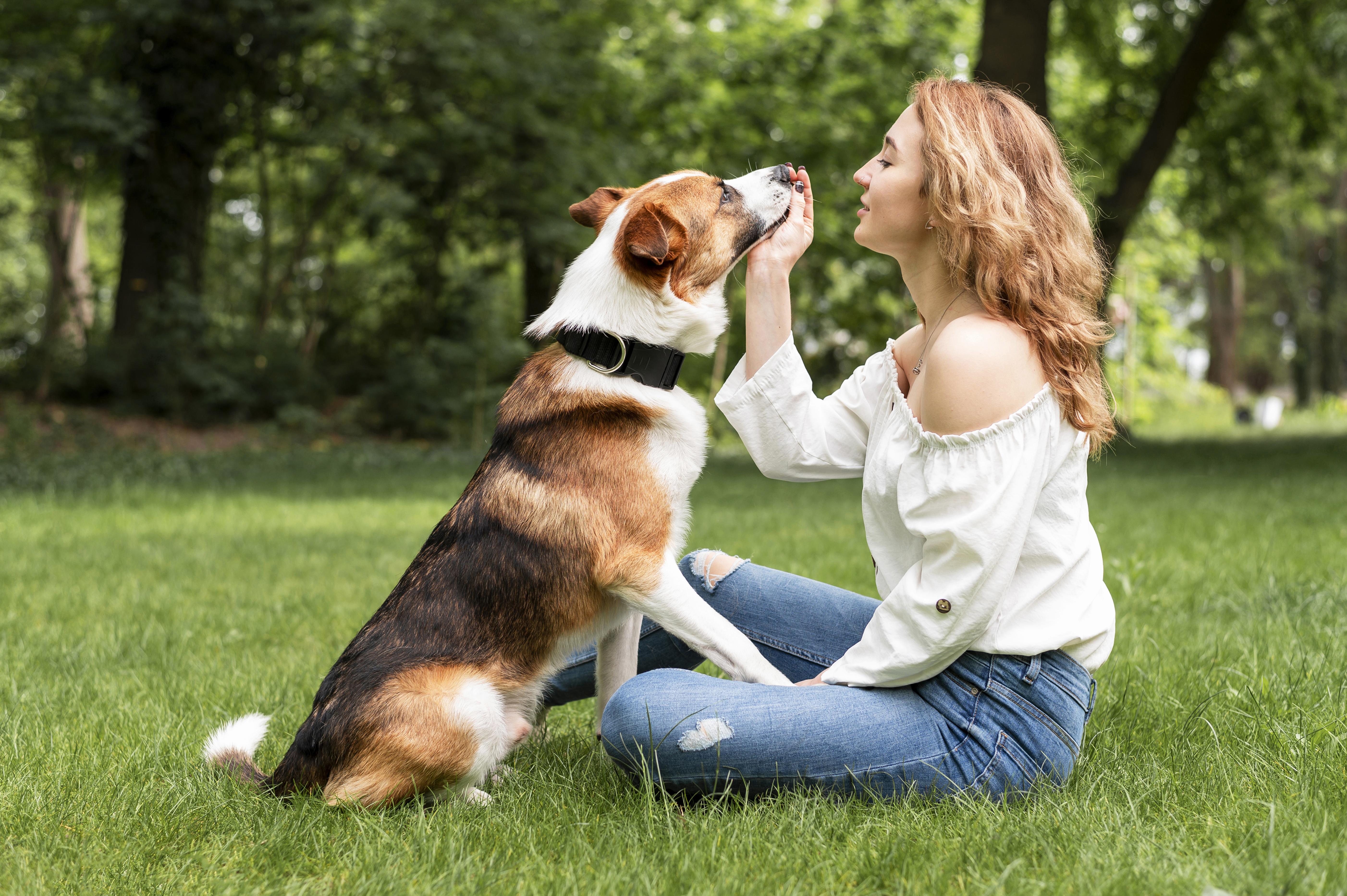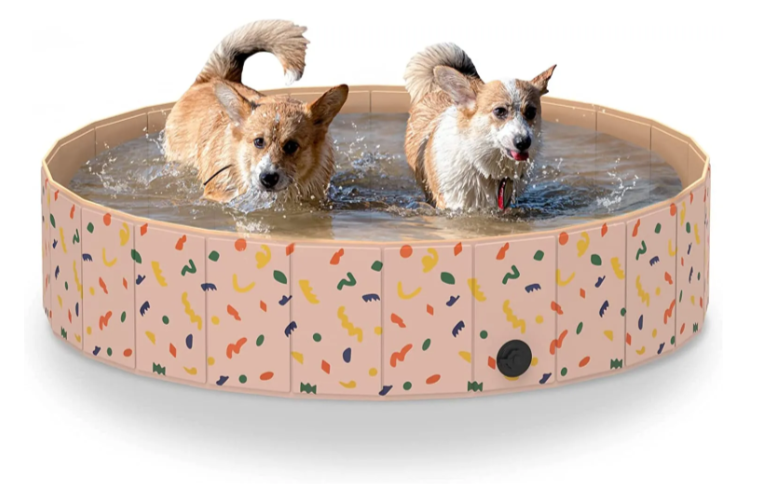Unveiling Common Skin Issues in Dogs
 Welcome to our blog, where we shed light on common skin problems in dogs, helping pet owners better understand and tackle canine dermatological conditions. Just like humans, dogs can experience various skin issues that may cause discomfort and concern. In this article, we will explore some frequently encountered skin problems in dogs, including their causes, symptoms, and potential treatment options. By familiarizing yourself with these conditions, you can provide the best care and support for your beloved furry friend.
Welcome to our blog, where we shed light on common skin problems in dogs, helping pet owners better understand and tackle canine dermatological conditions. Just like humans, dogs can experience various skin issues that may cause discomfort and concern. In this article, we will explore some frequently encountered skin problems in dogs, including their causes, symptoms, and potential treatment options. By familiarizing yourself with these conditions, you can provide the best care and support for your beloved furry friend.
1. Allergies:
Allergies are one of the most prevalent skin problems in dogs. They can be triggered by environmental factors such as pollen, dust mites, or certain foods. Common signs of allergies in dogs include excessive itching, redness, swelling, and recurrent ear infections. To manage allergies, identifying and avoiding the allergen is crucial. Your veterinarian may recommend antihistamines, special diets, or hypoallergenic shampoos to alleviate symptoms and provide relief.

2. Flea Infestations:
Fleas are not only a nuisance but can also lead to significant skin irritation for dogs. Flea bites can cause intense itching, redness, and allergic reactions. Regular flea prevention is key to avoiding infestations. Your veterinarian can suggest effective flea control products such as topical treatments, oral medications, or flea collars. Additionally, treating your dog's environment (bedding, carpets, etc.) is essential to prevent reinfestation.

3. Bacterial or Fungal Infections:
Bacterial or fungal infections can affect a dog's skin, resulting in issues like dermatitis, hair loss, and a foul odor. These infections often occur in warm, moist areas of the body, such as the ears, paws, or skin folds. Your veterinarian may perform tests to determine the specific cause of the infection. Treatment typically involves topical or oral medications, as well as addressing underlying factors contributing to the infection.

4. Hot Spots:
Hot spots, also known as acute moist dermatitis, are localized areas of inflamed and infected skin. They are often triggered by factors like allergies, insect bites, or excessive licking and scratching. Hot spots are characterized by redness, oozing, and intense itching. Treatment may involve clipping the hair around the affected area, cleaning the wound, and applying topical medications or antibiotics to promote healing.

5. Dry or Flaky Skin:
Dry or flaky skin is a common issue in dogs, especially during dry or cold weather. It can be caused by factors such as inadequate nutrition, allergies, or underlying health conditions. Signs of dry skin include itchiness, dandruff-like flakes, and a dull coat. Ensuring your dog receives a balanced diet rich in essential fatty acids and providing regular grooming and moisturizing can help alleviate dryness and restore skin health.

6. Mange:
Mange is a parasitic skin condition caused by mites. It can result in intense itching, hair loss, and skin lesions. There are two main types of mange: sarcoptic mange (scabies) and demodectic mange. Treatment typically involves medicated baths, topical ointments, or oral medications prescribed by your veterinarian.

In high summer, furry friends are more likely to get skin diseases. If you want to prevent skin disease, you should bathe your dog on time and do a good job of cleaning. For the frequency of bathing your dog, you can jump to the "HOW OFTEN SHOULD YOU BATHE YOUR DOG?" blog to see details to take care of their hair, you can moderately trim your dog's hair.
The following products can help you:
DOG GROOMING ARM WITH CLAMP can help you to trim your dog's hair.
FOLDABLE PET BATH POOL can help to clean your dog.
Understanding common skin problems in dogs empowers pet owners to recognize symptoms early and seek appropriate treatment. Regular veterinary check-ups, proper nutrition, flea prevention, and maintaining good hygiene are essential for preventing and managing skin conditions in dogs. Remember, if you notice any concerning skin issues or if your dog's symptoms persist or worsen, consult your veterinarian for a proper diagnosis and tailored treatment plan. By prioritizing your dog's skin health, you can ensure their overall well-being and keep them comfortable and happy for years to come.





